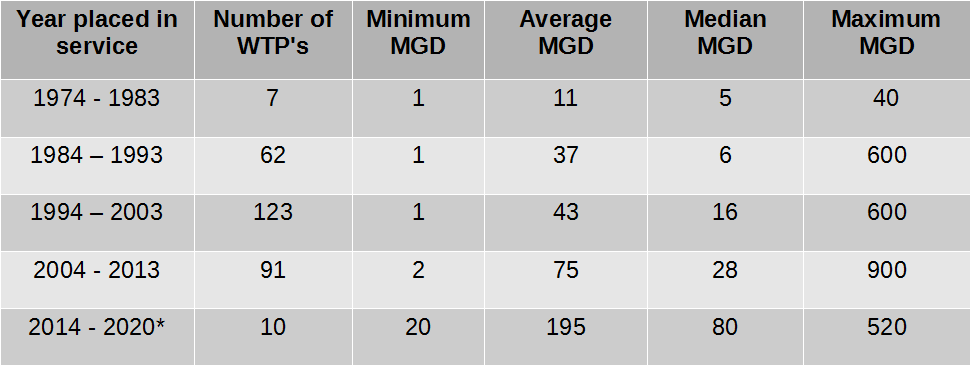Recent research has demonstrated the detrimental effects of wildfires on the wine industry. Wildfires, and the resulting smoke by-products have a negative affect on the flavor of the grapes used for wine making this research shows. Volatile compounds in the smoke from wildfires are absorbed by the grapes and produce an unpleasant taste in wines from affected grapes.
Read more about this in the news article below:
www.newfoodmagazine.com/news/162703/how-do-wildfires-affect-wine-a-new-study-finds-out/
The research can be read in completion at the link below:
https://pubs.acs.org/doi/10.1021/acs.jnatprod.2c00028
Natural Product Phenolic Diglycosides Created from Wildfires, Defining Their Impact on California and Oregon Grapes and Wines
Abstract

Forest fires produce malodorous phenols, bioaccumulated in grapes as odorless phenol glycosides (mono- to tri-), and produce unpleasant smoke tainted wines when these complexes are transformed by glycosidases in saliva. Metabolomic analyses were used to further understand smoke taint by quantitating marker phenolic diglycosides via UHPLC separations and MS/MS multiple reaction monitoring. A collection of grapes and wines provided data to forecast wine quality of grapes subjected to wildfire smoke infestations; the analytics used a panel of reference compounds (1–6). Overall, eight different Vitis vinifera varietals were examined from 2017–2021 vintages involving >218 distinct samples (wines and/or grapes) from 21 different American Viticulture Areas. Results acquired allowed correlation of phenolic diglycoside levels as a function of grape cultivar, varietal clones, and intensity of wildfire smoke. Baseline data were tabulated for nonsmoked samples (especially, Cabernet Sauvignon having a sum 1–6 of <6 μg/L) and then compared to those exposed to six other levels of smoke. Outcomes established that (1) analyzing paired samples (bottled wines versus smoke-exposed grapes) can provide diagnostic metabolomic data, (2) phenolic diglycosides are stable in wines aged for >2.5 years, and (3) major gaps exist in our current understanding of this pool of metabolites.

The use of ozone offers a solution to the problem of damaged grapes. Ozone gas is commonly used to remove odors and remediate smoke damage from fires.
Research has been conducted on the use of ozone to remove smoke taint from grapes postharvest. This research was published by the International Ozone Association (IOA) in 2021 and can be found at the link below:
www.tandfonline.com/doi/pdf/10.1080/01919512.2020.1796583?needAccess=true
First Application of Ozone Postharvest Fumigation to Remove Smoke Taint from
Grapes
Abstract:
Smoke taint is becoming a worldwide problem for wine production because of the increasing
number of fires in wine regions. It is the result of volatile phenols released by fire smoke which bind
to berry sugars, translocate mainly through bunch stem and/or through berry skin. The techniques
used to remove smoke taint from wine can modify wine quality provided that smoke taint is
completely removed from the wine. We report the first data on the ozone fumigation of harvested
grape which was affected by the smoke taint. The experiments were run on table grapes in the
laboratory. The grape bunches were smoked by straw fire for 2 hours and then ozone fumigated for
4 hours in a cold room at 10 °C. At a nonformal sensory evaluation, the smoke taint which was
strong on smoked grapes, was not perceived after the ozone treatment, and the main volatile
phenols (guaiacol and 4-methylguaiacol) of the smoke taint were reduced significantly; the skin
color slightly darkened in the berries affected by smoke while skin firmness increased; ozone did
not recover these effects. Application of NIR-AOTF (Near InfraRed-Acoustic-Optic Tunable Filter) and
E-nose (electronic nose) on smoked grapes emphasizes the role of temperature but overall dis-
covers the usefulness of the E-nose in the early detection of smoke tain
Learn more about the use of ozone for odor removal HERE
Ozone gas can be used to remediate smoke odors from most organic products, including grapes. Grapes can be fumigated with ozone gas in an enclosure, room, or another container that can be sealed to keep ozone gas levels from escaping. Ozone will react with VOC’s and organics left from smoke damage. Ozone has been historically used for fire remediation of common products. However, this research demonstrates that the use of ozone for smoke removal is applicable to a wide variety of products and applications.

